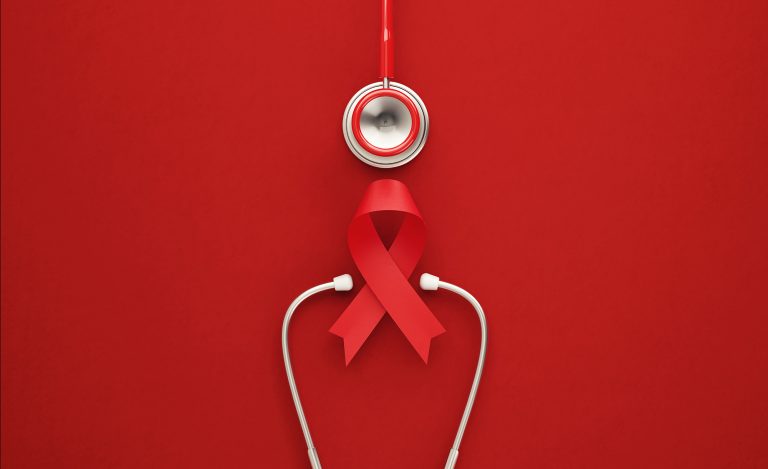The Basics
Educating yourself about HIV is very important. There is so much information out there that it can become easy to become overwhelmed and confused. Start with the basics first. There are some basic terms and concepts that you should become familiar with since you will often hear your health care provider, partner or friends talking about them. Here is some basic terminology to get you started:
What is HIV?
HIV stands for the Human Immunodeficiency Virus. It is a virus that attacks our immune system using our white blood cells. When we are in good health, the body has a natural way of protecting itself from disease. But, when we have HIV or the advanced stage called AIDS, our body cannot fight diseases well. There is not a cure for neither HIV nor AIDS however there are many effective treatments.
What is an HIV Test?
An HIV test allows us to determine the presence of HIV antibodies or virus in your blood.
What is AIDS?
AIDS stands for Acquired Immune Deficiency Syndrome. This is also known as the advanced stage of HIV disease. AIDS is diagnosed when an individual has at least one opportunistic infection, weakening the body to protect itself from fighting off the virus.
HIV Transmission
HIV is found in different body fluids of people who are infected. Blood, vaginal fluid, semen (including pre-cum) and breast milk have enough HIV to pass on to another person. However, we cannot get it from simple contact with these fluids.
Most people become infected with HIV through unprotected sex (in the vagina or anus) with someone who is already infected. However, many people who share needles to inject drugs also have a high risk of becoming infected with HIV. HIV positive mothers can also pass it on to their babies during pregnancy, birth or breast-feeding.
You cannot tell that someone is infected with HIV simply by looking at the person. Most people who are infected with HIV will look just as healthy as any other person. Also, many people who are infected with HIV may be unaware of their infection if they have not had a blood test for HIV.
An individual can have and spread HIV for up to 10 years without having any symptoms of HIV or AIDS as a result getting tested if involved in any of these risks is the only way to ensure and protect yourself.
What is an STI?
Sexually transmitted infections/diseases (STIs) are very common—half of all sexually active people will get an STI by age 25. STIs can be passed from one person to another through intimate physical contact and sexual activity. Sexual contact includes oral, anal, and vaginal sex, as well as genital skin-to-skin contact. Some STIs—like HIV, chlamydia and gonorrhea—are spread through sexual fluids, like semen. Other STIs, including HIV and hepatitis B, are also spread through blood. Genital herpes, syphilis, and human papillomavirus (HPV) are most often spread through genital skin-to-skin contact.
How will I know if I have an STI?
Most STIs have no signs or symptoms, so you (or your partner) could be infected and not know it. The only way to know your STI status is to get tested (See our HIV Testing and Results Page). Having an STI such as herpes makes it easier to get HIV, so it’s important to get tested to protect your health and the health of your partner.


 BLACK COALITION FOR AIDS PREVENTION
BLACK COALITION FOR AIDS PREVENTION
